Mongolian Calligraphy
Alert readers of this blog know we have been presenting monthly profiles of people making art, especially calligraphy and type design, from their traditional writing systems. In this special two-month edition, we present perhaps the most extensive and yet the most threatened art form in an endangered alphabet: Mongolian calligraphy.
The centuries-old Mongolian tradition of calligraphy springs from the remarkable vertical Mongolian script, which has a fascinating calligraphic quality in itself. Each letter has three forms, depending where it occurs in the word: initial, medial, or final. The medial version is simple; the initial and final involve much more flourish. As a result, every word has a kind of visual fanfare as it opens and closes, an opportunity for sweeping and swooping strokes that make even the most prosaic text look full of life and movement.
Sadly, Mongolian calligraphy faces two threats.
By 2013, the shortage of experts who could teach and continue the tradition was so acute that UNESCO declared Mongolian calligraphy to be an Intangible Cultural Heritage in Need of Urgent Safeguarding.
This threat was vastly compounded recently when the Chinese government announced that this autumn, schools in the province of Southern Mongolia (not to be confused with the independent country of Mongolia) must start replacing the Mongolian language and script with Chinese. (You can read more about the situation HERE.)
This move strikes at the heart of Mongol identity, for reasons clearly explained HERE.
All the more reason, then, to introduce this dramatic and historic art form to a global audience, as we hope to do here. We plan to add more calligraphers to the gallery over the next eight weeks. If you would like to have your work included, please contact me via info@endangeredalphabets.com.
A final word: our initiative to support Mongolian writing, language, and culture is the subject of our Kickstarter campaign that will end on December 11. We need your support. Please help.
Okay. Without further ado…
Zhamsoev Amgalan, head and calligrapher of the Ulzei workshop located in Ulan-Ude, Buryatia, Russian Federation, holding a scroll he made himself. The scroll is written in Neoclassical style of Mongolian script, but adapted with a Buryat flavor. The inscription is a four-lined dictum from Subhashita. In Cyrillic Buryat, it reads:
Ургамал модоной мүшэр бүхыһэниинь жэмэстэйн тэмдэг
Уран эгэшэгтэ тугад номхониинь үдэ һайхантайн тэмдэг
Ухаанта агта морин номхониинь хурданай тэмдэг
Оюун һайн шанарта дээдэс номхониинь мэргэнэй тэмдэг.
Tamir Samandbadraa Purev is one of the first Mongolian calligraphers to work in porcelain. “MONGOL” is a white-blue porcelain vase made in Jingdezhen, 2018. It includes inscriptions in three different scripts : Soyombo script at the top, Mongolian traditional Uyghuric script in the middle, and Orkhon Turkic rune script at the bottom. Made in participation in a New Silk Road Project in China.
“Love of my Homeland”: a white-blue porcelain vase with authentic Mongolian calligraphy and ornaments made by Tamir Samandbadraa Purev in a famous porcelain city Jingdezhen in China, 2018. This original piece is 65 cm high. First porcelain in the world representing Mongolian calligraphy.

Myagmardorj.E, from Ulaanbaatar, writes “I have been writing calligraphy for 9 years. My latest work is HUNARUN calligraphy, which combines Hunnu and Mongolian calligraphy. I am doing a calligraphy study under this name in order to clarify the philosophy of Mongolian calligraphy.”
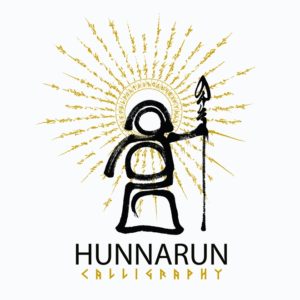
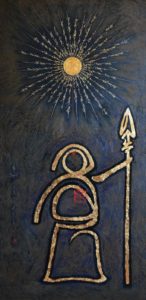
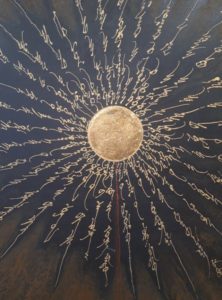
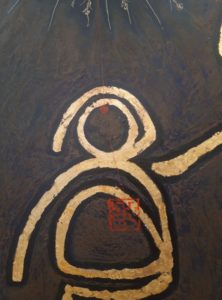
“Celestial Script and Human Culture: the Sun Wrote 36 Lines of Poetry”
“Awakening Mongolia”
“Queen Chim Bai, the great queen of Kuvilai Khan”
Ikh Tugchin Gerelsaikhan 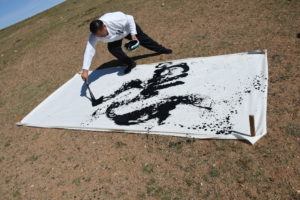
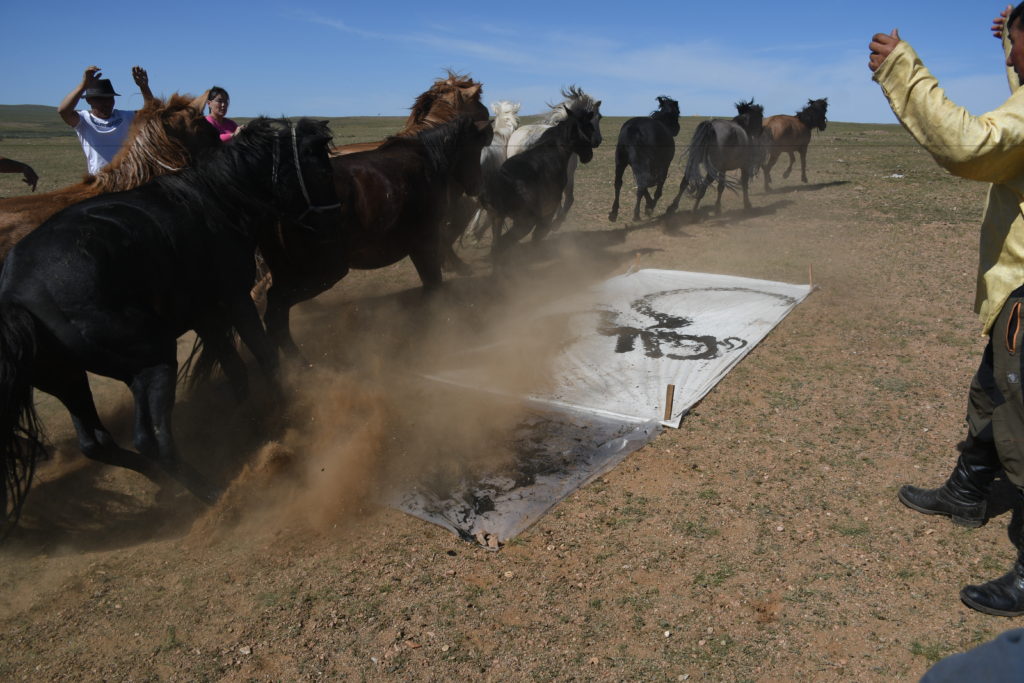
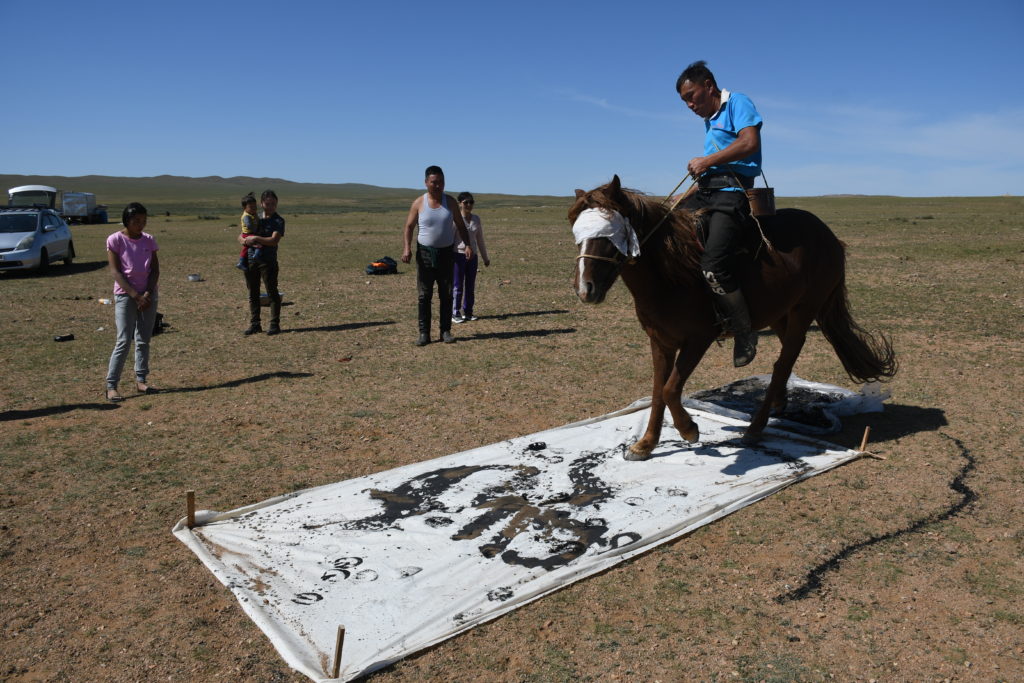
You can find more of his work HERE.
It’s an encouraging sign that some calligraphers outside Mongolia are also starting to appreciate and work with the script. Fux Karachovič was introduced to the Classical Mongolian script during his studies of General Linguistics in the Czech Republic, and it soon became his passion. Originally self-taught, later with other Mongolian calligraphers in Ulaanbaatar, he focused on learning the script in more detail. Tamir Samandbadraa and Sergelen Bayasgalan have the greatest influence on his work through feedback and discussions.
Here is some of his work:
Where to find Mongolian calligraphy online
International Association of Mongolian Calligraphy Facebook page
Ganzorig Aleyksandr Facebook page
Profile of Sukhbaatar Lkhagvadorj
Mongolian calligraphy Facebook group
Mongolian Calligraphy Russia Instagram feed
Erdenesiinn Khuree Calligraphic Arts Center Instagram feed
An exhibition in Irkutsk, Russia, in 2019
This post is sponsored by our friends at Typotheque, Letterjuice, and Solidarity of Unbridled Labor.

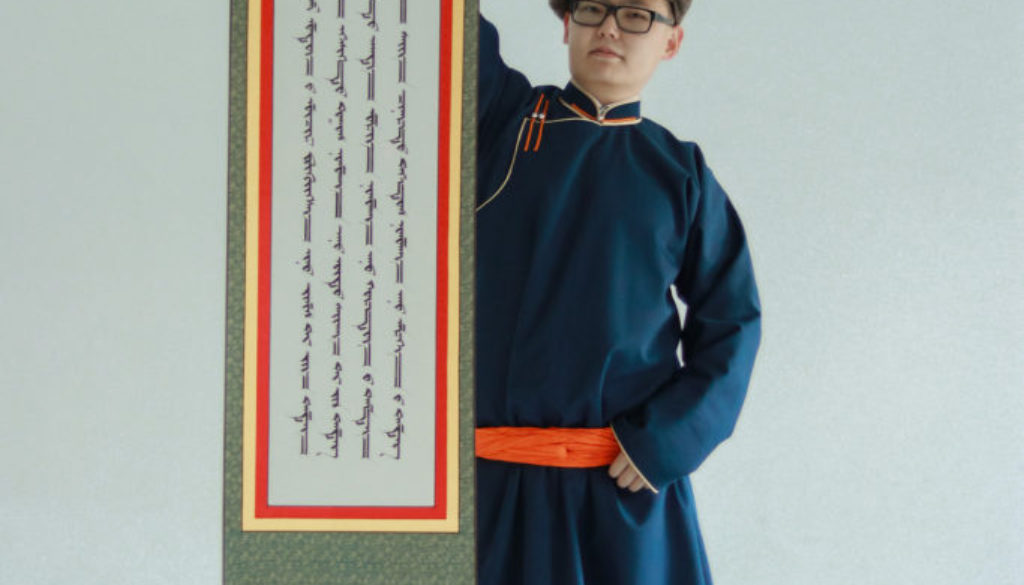
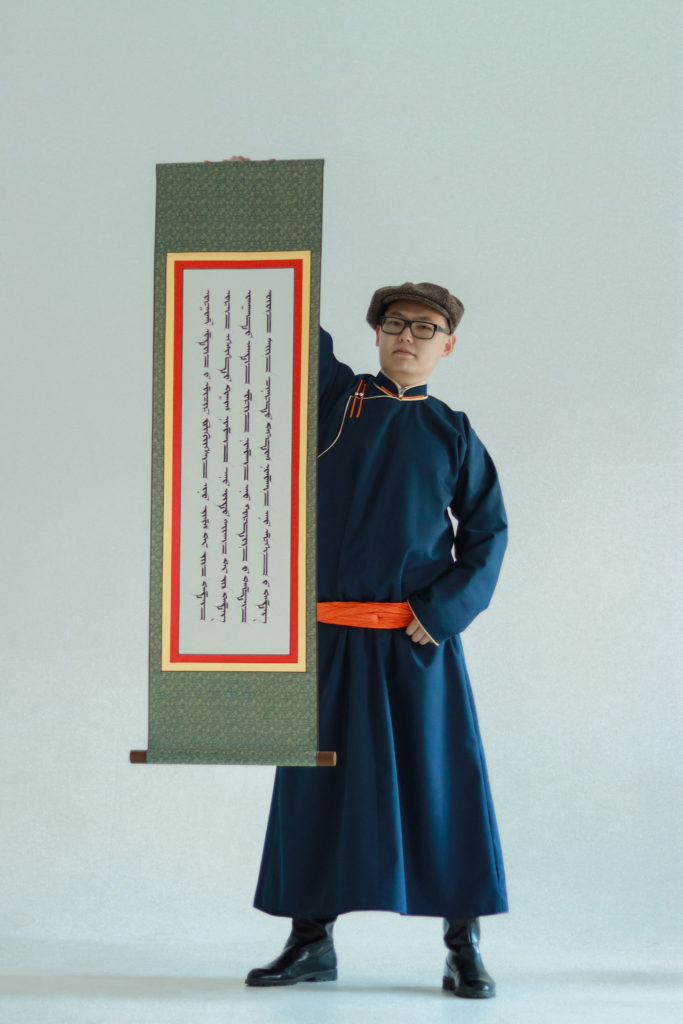
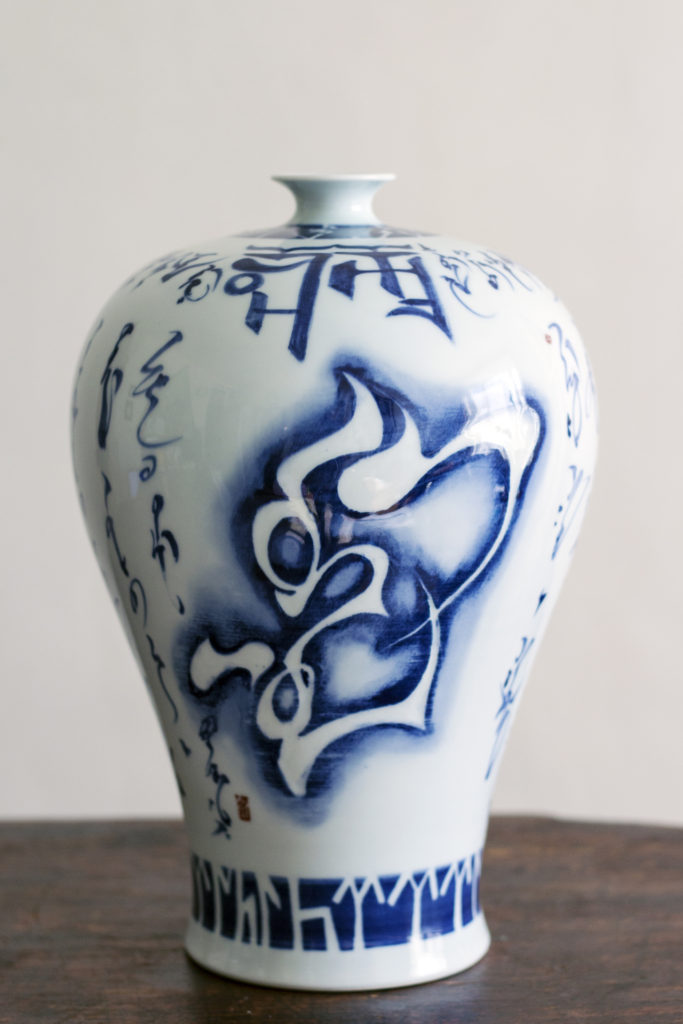
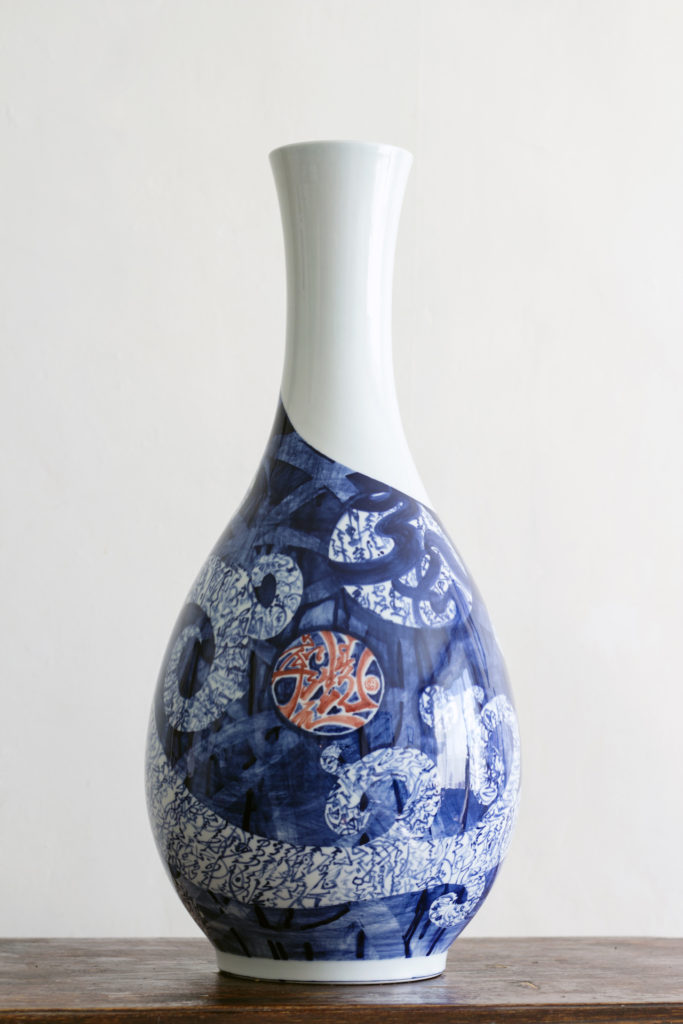

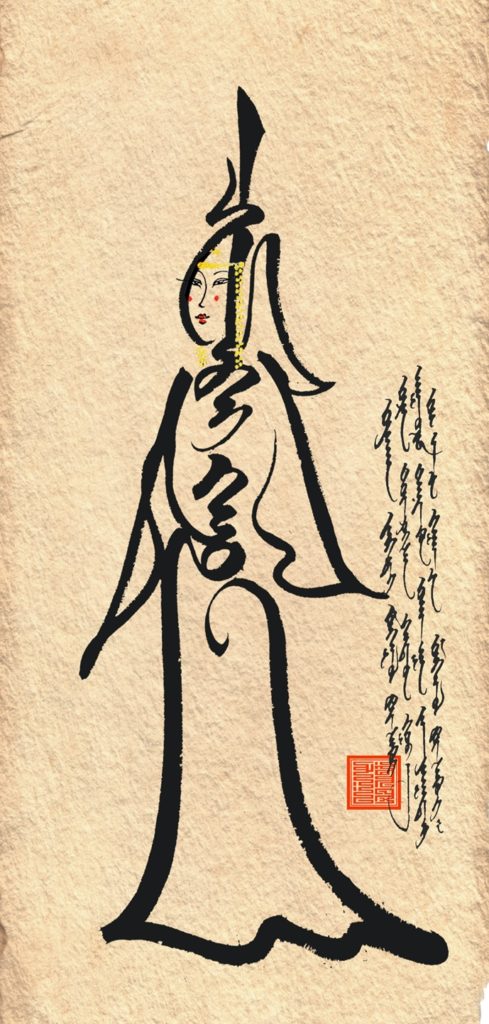
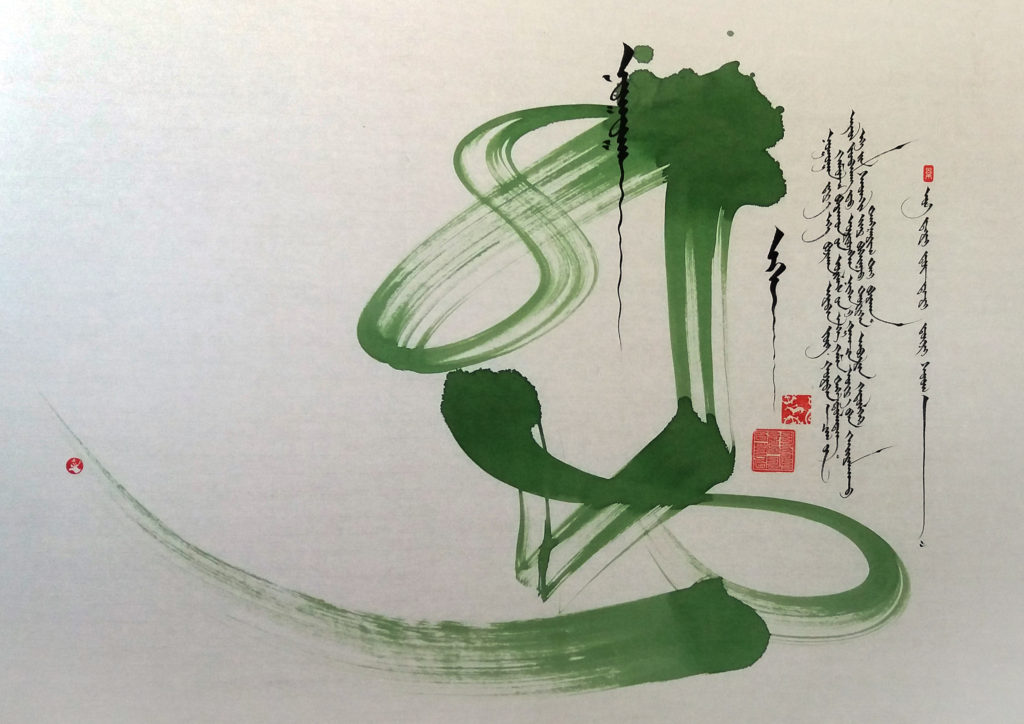
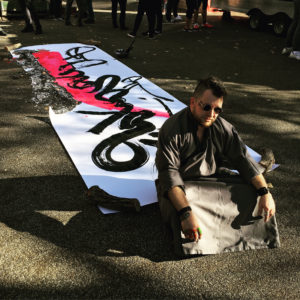
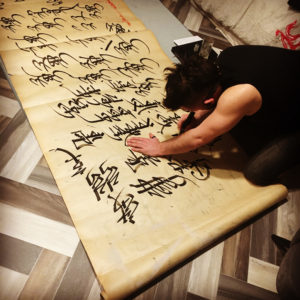
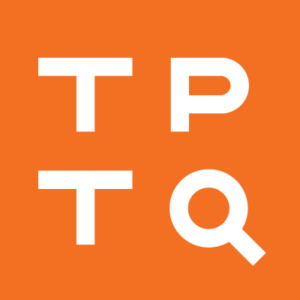

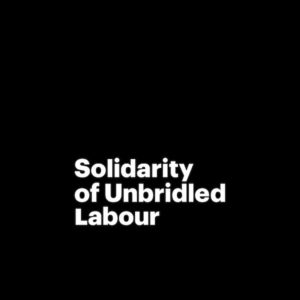
October 22, 2021 @ 3:09 am
I just received this incredibly beautifully created art from a new friend in Mongolia. I am beyond honored to have this very unique piece of art and given to me as a gift in my home here in Northern California.